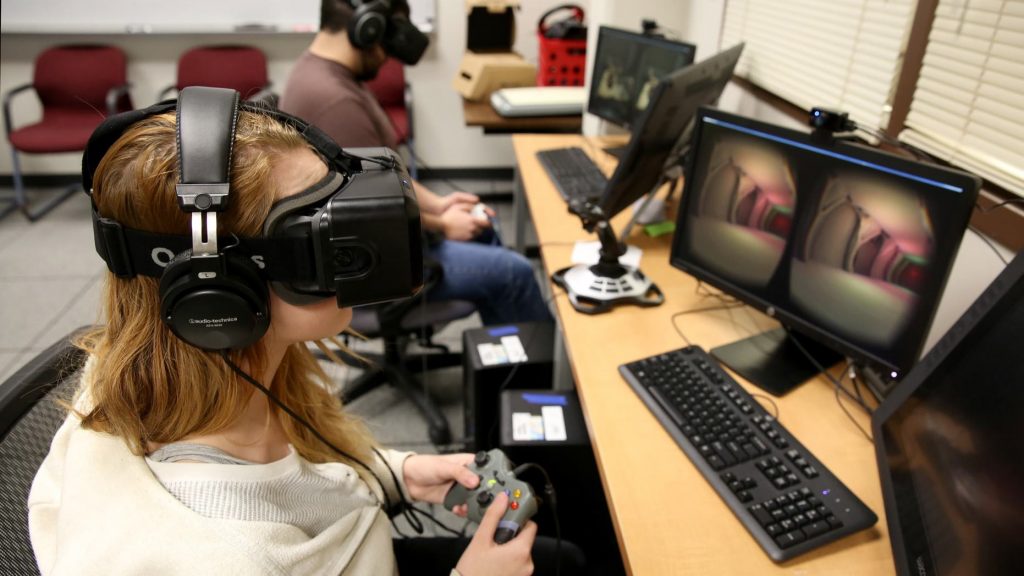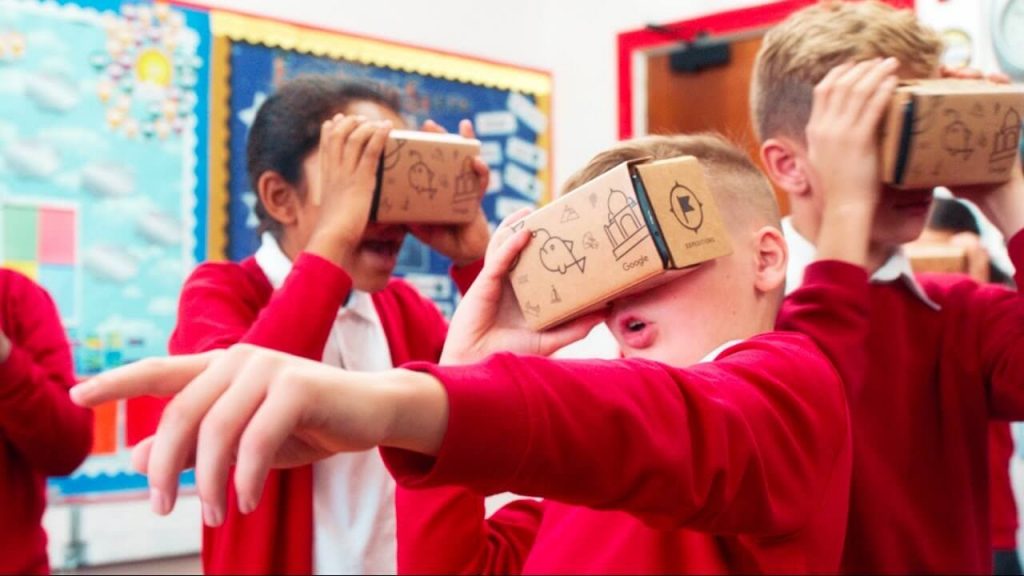While training is essential for the success of renewable energy solutions, the specialized approach that it necessitates can be prohibitively expensive for companies. However, a solution to this problem may come in the form of virtual reality (VR). Although not groundbreaking in and of itself, virtual reality’s application to the renewable energy sector has great promise. It can provide an unprecedented degree of involvement and has the ability to eliminate the high cost of training completely. This article will look at how VR is being used for renewable energy training to teach workers the skills needed to implement renewable solutions.
VR Training: What Is It?
In today’s world, virtual reality simulations are unrivaled when it comes to providing realistic training that would otherwise be prohibitively expensive. So, what does VR training actually look like? To help bridge the gap between the physical and virtual worlds, trainees enter a 360-degree sphere that serves as an interactive learning environment. The need for time-consuming, risky, and complicated on-field training has been eliminated thanks to VR training. Many companies around the world are using Virtual reality to revolutionize employee training as a result of the high deployment costs and possible hazards associated with traditional training methods.
With virtual reality, it’s possible to construct role-specific training simulations that are both realistic and engaging. Companies that have command over this digital realm may create experiences for their employees that would not be conceivable in the real world. Furthermore, with a bit of customization, VR training scenarios can examine the stress levels and problem-solving abilities of trainees as well. VR can also help with renewable energy training. One way to accomplish this would be to provide a virtual environment where trainees can practice installing solar panels or wind turbines in a risk-free setting.
Why Use VR in Training?
One common misconception about virtual reality headsets is that they are too complicated to be useful for training. That is, however, not the case. True, some industries may benefit more from VR training than others, but VR has something to offer in almost every field. Even though virtual reality technology is relatively new, it has made significant strides in a short amount of time. There are many advantages to using virtual reality for training, including the following:
- Accelerating the teaching process
- Encourage Trial & Error
- Lower Price of Training
- Providing more reliable information on student progress
According to MoversTech CRM experts, VR training is starting to become a standard form of employee training across many different industries. This includes fields such as medicine, aviation, manufacturing, education, and even real estate. The use of virtual reality for renewable energy training has drastically reduced the carbon footprint of the energy industry. For example, a solar energy company could use VR to train its employees about the installation and maintenance of solar roofs. By using virtual reality, they can save on fuel costs by eliminating the need for the physical transport of their workers. Furthermore, virtual reality training for offshore wind workers has significantly reduced the cost of training. Other companies like Shell have used virtual reality for offshore oil and gas production to reduce the risks of accidents.

Virtual Reality Can Facilitate the Comprehension of Complex Ideas
There is a lot of complexity surrounding renewable energy. Most of it comes From the configuration of the systems, equipment, and machinery that are part of it. This complexity has rendered conventional learning methods inadequate, especially when it comes to large-scale training. That being said, virtual reality technology provides immersive training approaches that are much more effective for learning. The immersive nature of virtual reality makes it a superior learning tool to traditional media like books and videos. Furthermore, VR can display the internal configuration of complicated equipment like compressors and turbines. This ensures that the trainees have a thorough understanding of all facets of renewable energy.
Renewable Energy Training in VR Can Show True Scale
Virtual reality allows us to see things that would be impossible to visualize without the assistance of this technology. VR training allows you to create visual representations of almost anything. Not only that, but in VR, you can create lifelike experiences that will stay with the trainee. You can easily create a simulation of a wind turbine in VR, complete with all of its details and intricacies. It is possible to simulate varying wind speeds and directions, or even a storm, to determine how the wind turbines might operate. Just a few clicks are all it takes to achieve this. After that, you can use the information you’ve gathered to adjust your strategy or your training. Using VR for training is as close as you’ll come to a giant sandbox where you’re encouraged to explore.
Virtual reality in renewable energy training allows trainees to get a realistic view of what the future might hold while reducing risk and improving outcomes. This enables organizations to use VR for more complex simulation exercises. With this, it is possible to help your employees gain the knowledge they truly need. Furthermore, with advancements in VR technology in recent years, it has become easier to implement VR solutions in the workplace.
Conclusion
There are still a few issues that are preventing virtual reality from becoming ubiquitous in the business world. However, recent breakthroughs have paved the way for its widespread adoption. For example, the latest version of the Oculus Rift headset is wireless, and you don’t need any additional accessories. With that said, hopefully, now you know how VR is being used for renewable energy training. As we’ve mentioned earlier, you can use it for almost all your training needs. Virtual reality can simulate a practically infinite variety of scenarios, allowing you a degree of independence that would be impossible to achieve through actual site visits. Real-world constraints prevent you from simulating ideal training conditions for your staff.





